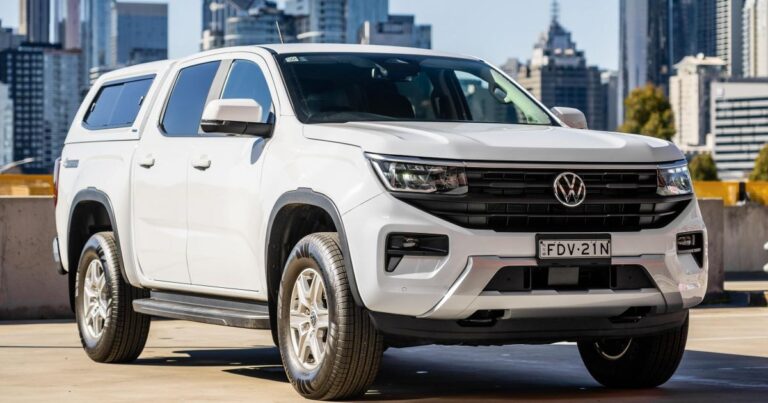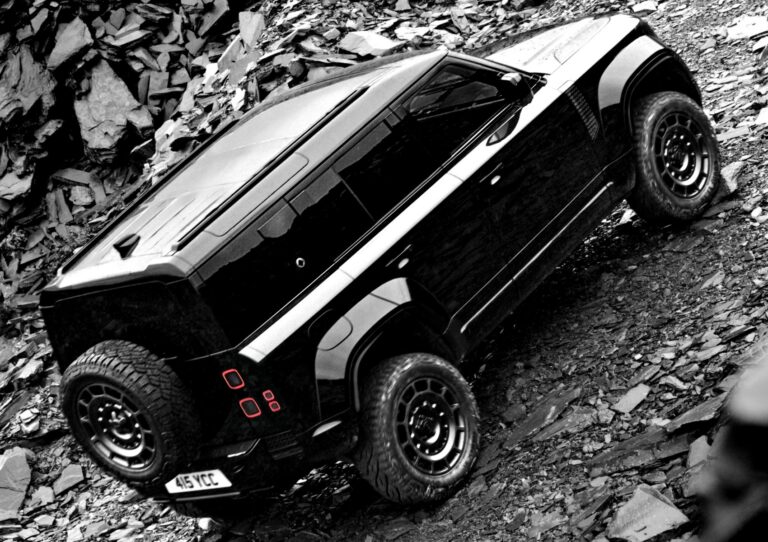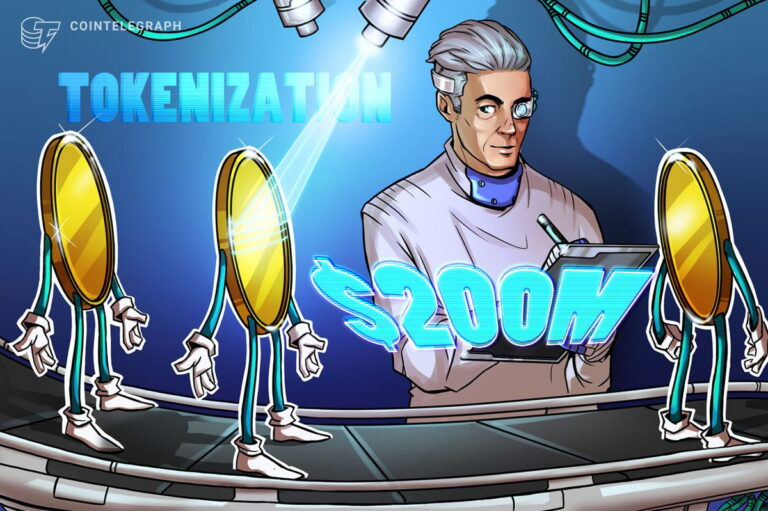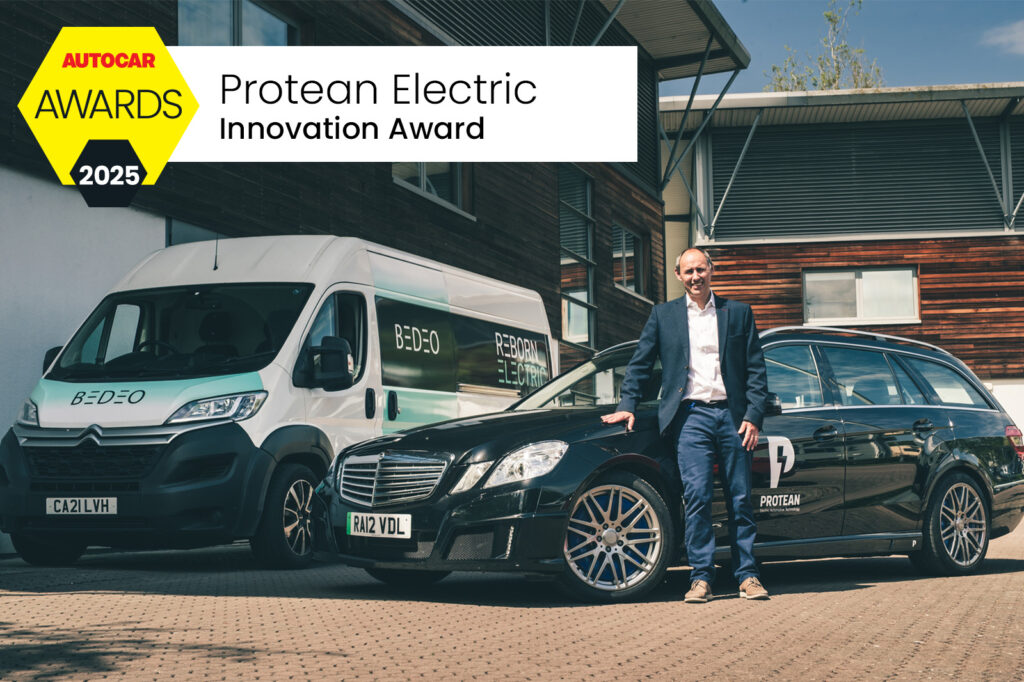
Add all those up and they have to be confident that throughout those 25 years (a) the technology is going to work, and (b) they’re going to be around to support it.”
It’s a culture of conservatism that has fostered technical ubiquity, but in today’s era of fearsome competition and ceaseless advancement, the time to experiment has come.
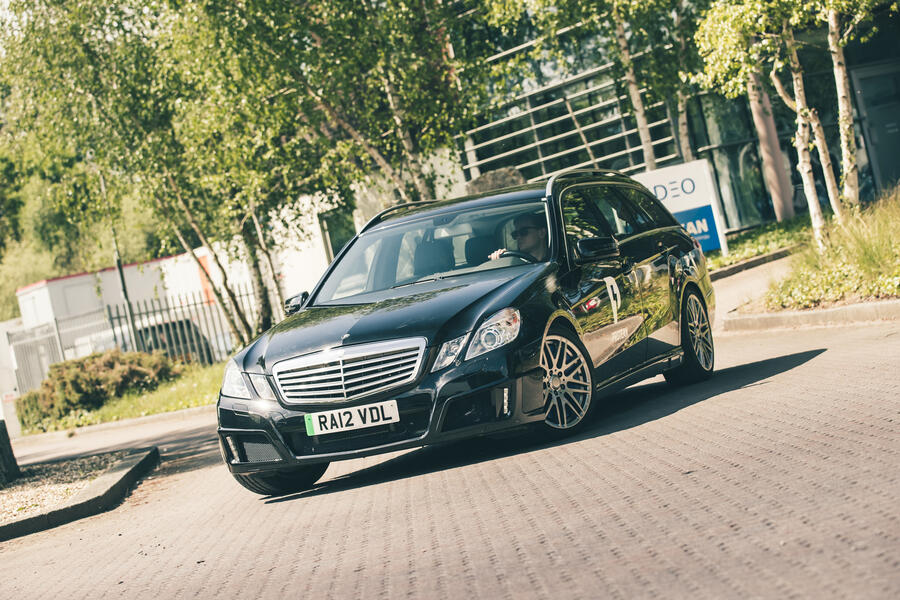
“The requirement to differentiate is much stronger now than even three or four years ago,” says Whitehead. “But the biggest challenge, of course, is cost. Anybody in the manufacturing side of automotive that’s not talking about costs is not in the industry.”
Whitehead acknowledges that there is currently an inherent cost penalty that comes with swapping from one motor to two on each axle, but he says “that is our final barrier”.
Protean’s current-generation IWM have undergone a rigorous and lengthy development programme to ensure that their enhanced capability doesn’t come at the expense of real-world dependability.
Solve the cost equation, says Whitehead, and Protean is on track to be at the epicentre of an all-out upheaval for the electric vehicle. “If the in-wheel motor market expands, as I believe that it can, it will be a giant market,” he says. “It will be over $20 billion in the middle of the next decade, and if we have 10-20% of that market, we will be a very successful business.“
